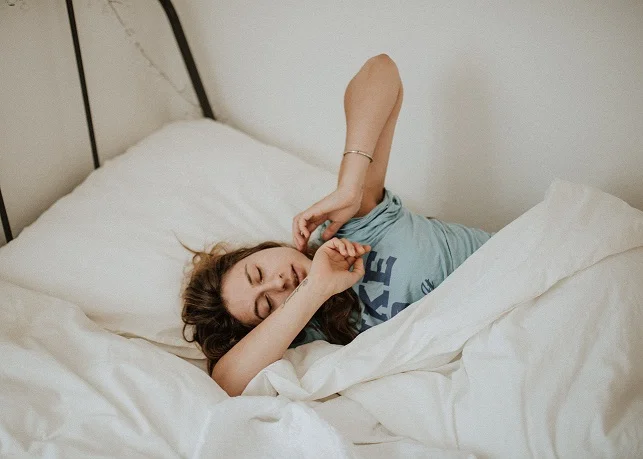Post Treatment Care After A Myotherapy Appointment
Myotherapy can make your body feel much better, especially if you’ve been in pain. But it’s quite normal to experience some mild symptoms after a treatment. So what is normal post-myotherapy, and how can you manage it with post-treatment care?
A tender sensation around cupping marks is another common post-treatment symptom
Common symptoms after a myotherapy session
Post-treatment, you might experience symptoms such as:
Feeling fatigued or lethargic – this is quite common. You might feel a little more tired than usual, and even a bit run-down. Some might experience flu-like symptoms. The good news is that this only lasts a day or two at most.
Muscle fatigue – during a good myotherapy session, your muscles can get fatigued. This is completely normal, and you just need to give them a little time to recharge.
Muscle aches and pains – this tends to be more of a deep aching pain, which many people describe as a good ache. It’s often similar to the soreness you experience after a workout. If you do experience sharp, stabbing or burning pains, please contact us.
Headaches or mild nausea – these are less common symptoms. They may be caused by the post-treatment aches, or it may be that the treatment has shifted some metabolic waste through your lymphatic system.
Generally, post-treatment symptoms will only last a day or two.
Post-treatment care tips to aid with recovery
Even if you experience no symptoms after a treatment, your body is still going through a recovery process. That’s why post-treatment care can not only minimise symptoms, but also optimise your health in the long run. Here are some tips to help you feel your best after every myotherapy session.
Take it easy
Even if you feel fantastic after a treatment, your body still needs a little extra care. Take a day or so where you’re not doing anything too stressful or strenuous if possible.
If you do try to push yourself too hard, you’re more likely to reinjure yourself or experience a flare in symptoms.
Prioritise good sleep
Your body repairs itself while you sleep. A myotherapy treatment aims to prime your body for repair, so good sleep after a session is key for recovery. Aim for at least 7 hours of quality sleep.
Move your body gently
For the muscles and connective tissue to heal, they need blood flow. One of the easiest ways to encourage good blood flow is to do some low-impact physical activity.
This can be something as simple as a yin yoga class or even a walk around the block. Even some gentle stretches at home can be beneficial. The goal is to get the blood pumping without exhausting your muscles and body.
Drink plenty of water
Myotherapy, like any form of bodywork, will stimulate your lymphatic system. Lymph carries waste out of the cells, as well as being an important part of the immune system.
To support good lymph flow, you need to drink plenty of water. This is particularly important if you experience headaches or nausea after a treatment.
Follow any other self-care strategies your myotherapist prescribes
Depending on your injury and overall state of health, you might need a little extra TLC. In this case, your myotherapist might give you additional instructions about managing your recovery. Make sure you follow these, because they are there to get you feeling your best as soon as possible!
Worried about the symptoms you’re experiencing?
If you’re not sure if your symptoms are ‘normal’, or if your pain gets worse, feel free to get in touch with us. We also encourage you to seek medical attention if your pain or symptoms are severe.
Want more tips and advice delivered straight to your inbox? Make sure you sign up for the Wellness Nest Clinic newsletter here.


